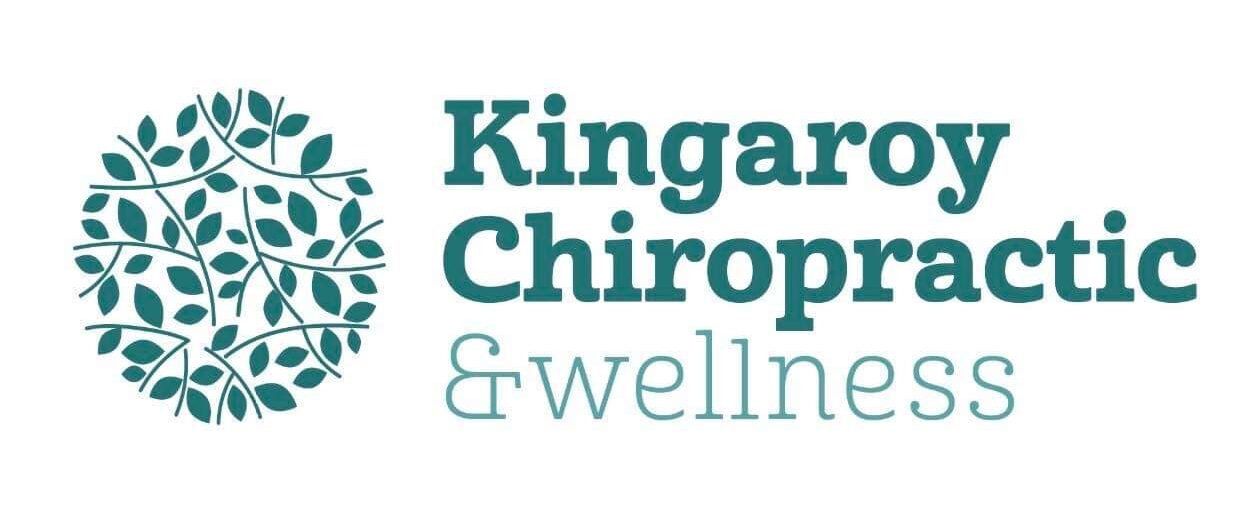FAQ
Chiropractors help to relieve pain by restoring normal spinal joint movements with gentle specific adjustments. Chiropractic treatments may include adjustments, mobilisation, soft tissue therapies, exercise and lifestyle advice, rehabilitation and ergonomic and postural advice.
Each patient has an individual consultation and a custom treatment plan. Correction of joint movement problems can be done for the spine arms, legs, the jaw and rib cage.
Chiropractic is widely recognised in the scientific literature (including Cochrane reviews) as one of the safest drug-free therapies for spinal discomfort and complaints compared to many different medical interventions.
Many patients report a sense of immediate relief or well-being after an adjustment. Some patients may experience mild soreness the day after an adjustment, similar to exercise soreness. These symptoms are a normal form of the natural healing process of your spine.
Our goal is to get you feeling mobile, strong and less pain.
Every patient is individually assessed and a customised management plan is given depending on your diagnosis and your health goals. Some patients require intensive treatment over many weeks, followed by rehabilitation and then maintenance adjustments, whereas others may only require a short course of adjustments to resolve their problems.
The number of treatments needed for each person depends on such things as – Chronicity of injury
- Severity of the problem
- Level of degeneration or arthritis in the spine
- Whether you smoke or are overweight
- Extent of nerve damage and symptoms
- Patients age and fitness
- Patients capacity and sensitivity to treatment (some people can tolerate a lot more being done during one visit)
A very general guide for people looking for some level of pain relief is about 6-12 visits over a month. If there are no significant changes seen to a person’s symptoms and ability after a month and 12 visits, a re-assessment or a second opinion is needed.
Progress exams are made to ensure improvement is occurring. Some patients are pleased with pain relief and cease further treatment at this point.
Certain spinal problems need ongoing management to help a person to function at their best. Many patients prefer to keep functioning at their optimum and plan regular visits to maintain full function.
How long you go to a chiropractor for is always your choice and depends entirely on your personal health goals.
Chiropractors can detect joint movement problems and incorrect movement patterns before they become painful or problematic. Adjustments can often clear any restrictions and dysfunction movement to keep you moving in a pain free way.
Child birth, learning to walk, riding a bicycle, and other childhood activities can be traumatic and potentially cause spinal health related problems.
Sometimes childhood health complaints that are brushed off as “growing pains” may actually be a spinal problem. Regular Chiropractic checkups may be able to identify problems such as Scoliosis while helping to avoid some of the health complaints seen later in life.
In Australia, there has never been a serious adverse event reported in the literature, or in insurance claims, involving the care of a child by a chiropractor. This is despite the fact that there have been an estimated 12-15 million visits by children to chiropractors in the last 20 years. The evidence of harm is low because chiropractors modify their techniques to suit the age and development stage of the patient across the lifespan.
Many pregnant mums, recently birthed mums and babies receive Chiropractic care.
Mothers often find that Chiropractic adjustments improve their pregnancy, relieve pain in their backs, help prepare them for childbirth and make delivery easier for themselves and their baby.
Our Chiropractic treatment is always adapted to a patient’s size, weight, age, and condition of health.
Chiropractors treat problems of the spine and nervous system.
While many patients see us for back pain some patients report they can better manage a range of other health conditions when their spine and muscle system is relaxed and functioning well. Some of these symptoms include things like migraines, headaches, sleep problems, dizziness, fatigue, sinus and digestive symptoms.
Chiropractic can also help maintain overall well being, rather than care for a particular problem. This is called wellness or maintenance care.
If a trial of treatment makes no improvement or if systemic disease or illness outside the scope of practice of a Chiropractor are discovered during examination, a patient is referred.
Usually the patient is referred to their general practitioner with a letter from the Chiropractor outlining what has been done and what findings have been discovered.
Chiropractors often co-manage with other allied-health practitioners such as Dentists, Optometrists, Physiotherapists, Naturopaths, Massage Therapists, Psychologists, Acupuncturists and others.
